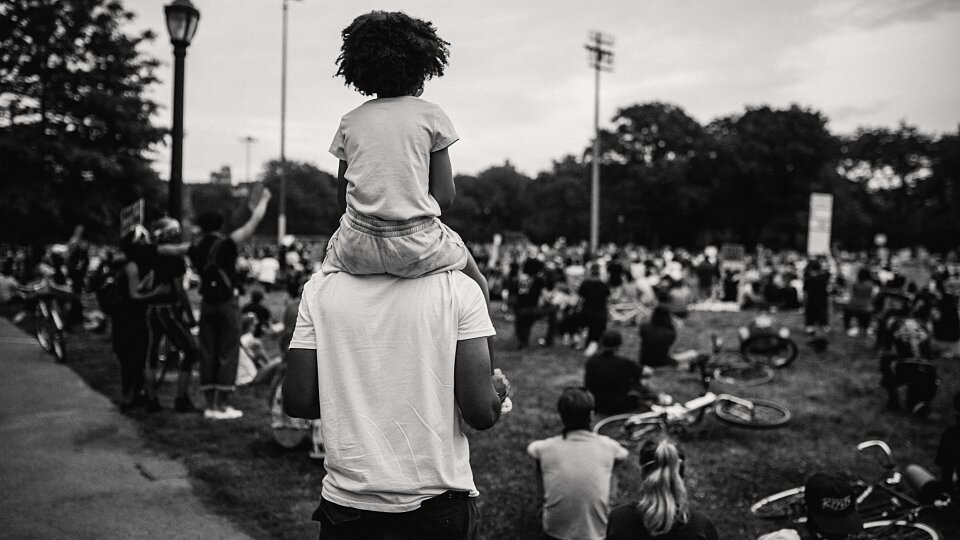What justice looks like depends on where you're standing
Scott Collins, senior vice president of communications for Buckner International, originally wrote this column for the Baptist Standard as part of a special series "Justice looks like ..." allowing readers the opportunity to consider justice from numerous viewpoints.
Robben Island is located in Table Bay, about four miles north of Cape Town, South Africa. Nestled between the Atlantic Ocean and Table Mountain, Cape Town is one of the most picturesque cities in the world.
If you take Highway 27 around to the north and look back toward Cape Town, the view is breathtaking, except for Robben Island, which stands between you and the city.
That is the view I took in more than 35 years ago as a young man. It is a vision etched in my memory because of the beauty of the setting. But also, because as I stood on the shore of the ocean and looked back at Cape Town, I was keenly aware I was looking at Nelson Mandela’s prison.
Imprisoned for 27 years—18 of them on Robben Island—because of his opposition to white-ruled South Africa’s legal system of apartheid, I’m sure Nelson Mandela’s view was starkly different from mine.
For two years, as a Southern Baptist Missionary Journeyman, I lived in South Africa’s neighbor to the north, Botswana. During that time, I traveled throughout South Africa. Now, years later, I struggle with the privilege I enjoyed as a white person.
Seeing justice through another’s eyes
Most white people in America and around the world have no idea what justice looks like through the eyes of people of color.
What does justice look like? It depends on your perspective. It’s like two people who witness a car accident and give different accounts because of where they were standing.
In White Fragility, Robin Diangelo writes, “For most whites, racism is like murder: the concept exists, but someone has to commit it in order for it to happen.”
In other words, if you’re white, you have no clue racism is happening right now. But for Black people, it’s always there. It’s all a matter of perspective and how you see the world—and how the world sees you.
One of the greatest sources of tension between Jesus and the religious leaders of his day grew out of their different perspectives. They didn’t understand Jesus and had no idea what to do with him, because their perspectives were so different.
Why would Jesus heal a woman on the Sabbath, they asked indignantly? From Jesus’s perspective, why wouldn’t you? He scolded them for treating their oxen and donkeys better than they treated the poor (Luke 13:10-17).
Jesus’s constant pattern was to affirm the value of the people he ministered to rather than the human laws he may have been violating.




Add a Comment